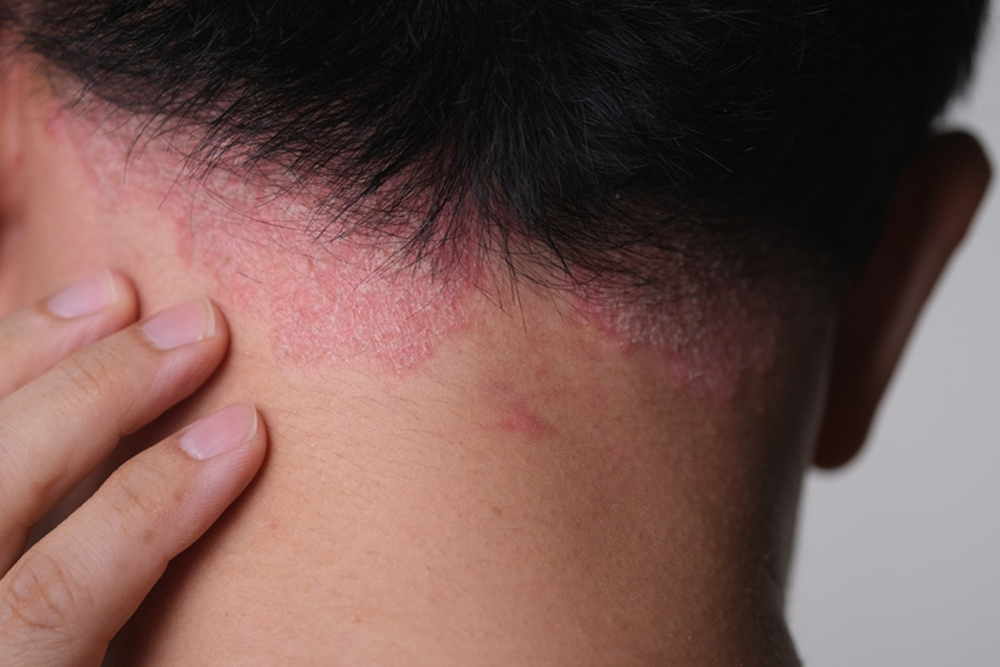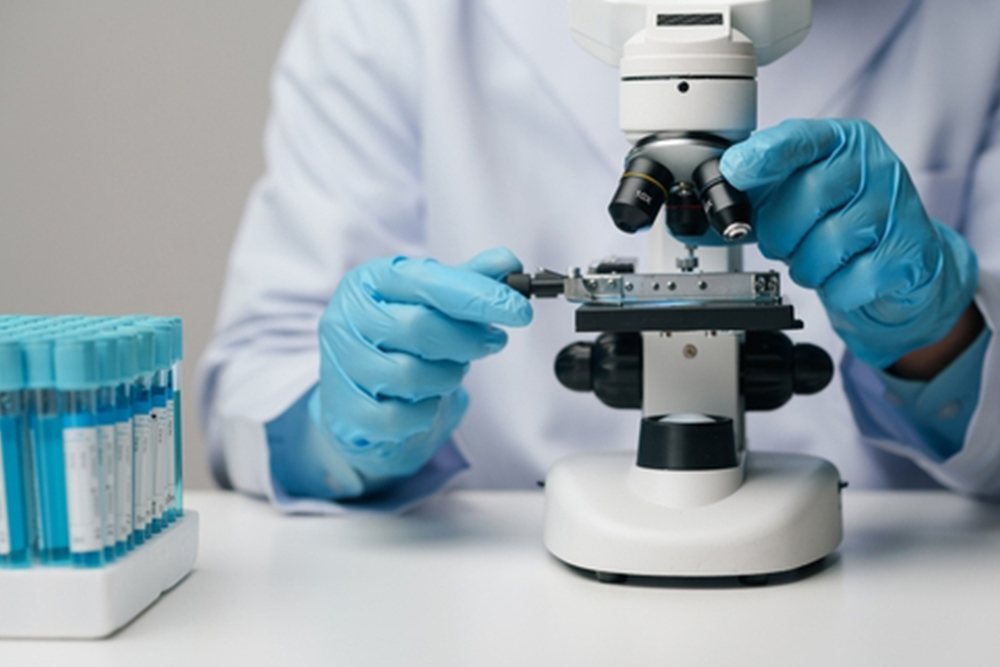Seasonality and Environmental Factors in Psoriasis

Psoriasis vulgaris (PsV) is influenced by genetic, epigenetic, and environmental factors, with seasonality playing a key role in disease activity.
Guselkumab Improves Skin Symptoms, Quality of Life, and Sexual Health in Psoriasis Patients

The G-EPOSS study is a prospective, non-interventional, German multicenter study assessing the real-world effectiveness and safety of guselkumab, a monoclonal antibody targeting interleukin-23, in patients with moderate-to-severe plaque psoriasis.
A Review: Pathophysiology and Treatment of Psoriasis

Psoriasis is a prevalent chronic inflammatory skin condition characterized by relapsing and remitting flare-ups. Recent research has significantly advanced our understanding of the disease’s underlying mechanisms, revealing a complex network of interactions between immune cells and other cellular components.
Psoriasis: Current Concepts in Pathogenesis

Psoriasis is a prevalent chronic inflammatory skin condition characterized by relapsing and remitting flare-ups. Recent research has significantly advanced our understanding of the disease’s underlying mechanisms, revealing a complex network of interactions between immune cells and other cellular components.
Psoriasis in Brazil: A Global Psoriasis Atlas Survey

This study explored the burden of psoriasis on Brazilian patients through an online survey conducted between May 2022 and January 2023, involving 563 individuals diagnosed with psoriasis.
Psoriasis Disrupts Skin Barriers, Leading to Chronic Inflammation and Requiring Targeted Therapies

The skin consists of three main layers: the epidermis, dermis, and hypodermis. The epidermis is composed of keratinocytes arranged in distinct layers that serve as a physical barrier, preventing moisture loss and blocking pathogens.
Understanding Psoriasis: Advances in Treatment and Management

Psoriasis involves complex interactions between adaptive and innate immunity. Cytokines play a crucial role, mediating interactions between T cells, dendritic cells, keratinocytes, and macrophages. Over the past decade, biologics targeting IL-23, TNF-α, and IL-17 have transformed treatment options, offering significant relief from the chronic and recurrent symptoms that impact patients’ emotional, psychosocial, and physical well-being.
Review Calls for Robust Trials in Psoriasis Treatment

Psoriasis is a chronic skin disease affecting around two percent of the population, with plaque psoriasis being the most common form. Guttate psoriasis, triggered often by Streptococcal infections, presents with small, red, scaly spots. A Cochrane Review aimed to update findings on antistreptococcal treatments for psoriasis, assessing interventions like tonsillectomy and antibiotics against no treatment or placebos. The review included five trials with 162 participants, but due to variations in study designs and participant characteristics, no meta-analysis was performed. Key outcomes such as time-to-resolution and long-term relapse rates were not measured in any trials, and the evidence quality was rated very low, indicating uncertainty in the results.
Erythrodermic Psoriasis: Symptoms, Triggers, and Treatment Explored by the Psoriasis Foundation

A webpage maintained by the National Psoriasis Foundation explores the symptoms, triggers, and treatment of Erythrodermic psoriasis, a rare and severe form of psoriasis that affects about 2% of people with the condition. This type of psoriasis often involves nearly the entire body and can be life-threatening. It disrupts the body’s normal temperature and fluid balance, which can lead to shivering, swelling from fluid retention, and increased risks of infection, pneumonia, and heart failure. Symptoms include severe redness, skin shedding in large “sheets,” an increased heart rate, severe itching, pain, and fluctuating body temperature. Immediate medical attention is crucial for individuals experiencing these symptoms, as erythrodermic psoriasis can cause significant health complications.
Early Identification and Treatment Key in Psoriasis: New Predictive Model for Psoriatic Arthritis Risk Developed

Psoriasis can be divided into four types: plaque psoriasis, pustular psoriasis, psoriatic arthritis (PsA), and erythrodermic psoriasis. Early identification, diagnosis, and treatment are crucial to prevent joint damage and disability, particularly as longer symptom duration can lead to severe disease or irreversible joint deformities. Given the importance of early intervention, a predictive model for PsA in patients with plaque psoriasis is urgently needed.

